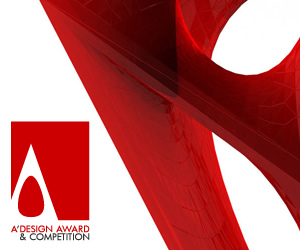Bamboo Cubic
Bamboo Cubic is an exhibition hall constructed entirely from bamboo, showcasing the integration of production, life, and ecology. It offers immersive spaces wholly made of bamboo and features a unique cubic design. By combining multiple Cubic, it creates diverse spaces that provide a sense of depth and endless possibilities. The name Bamboo Cubic is inspired by the versatility of bamboo and the variability of cubic.
Continue reading



